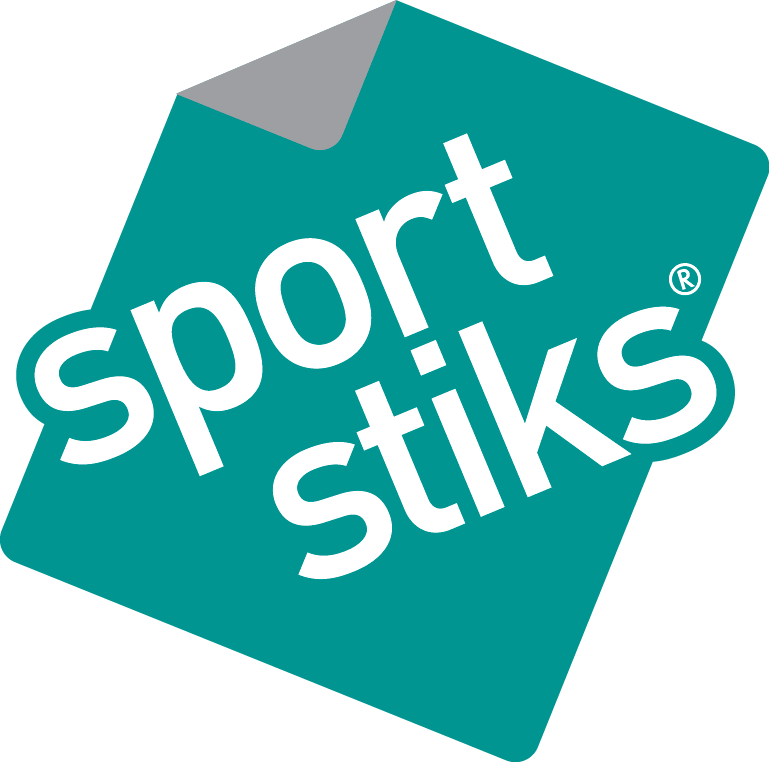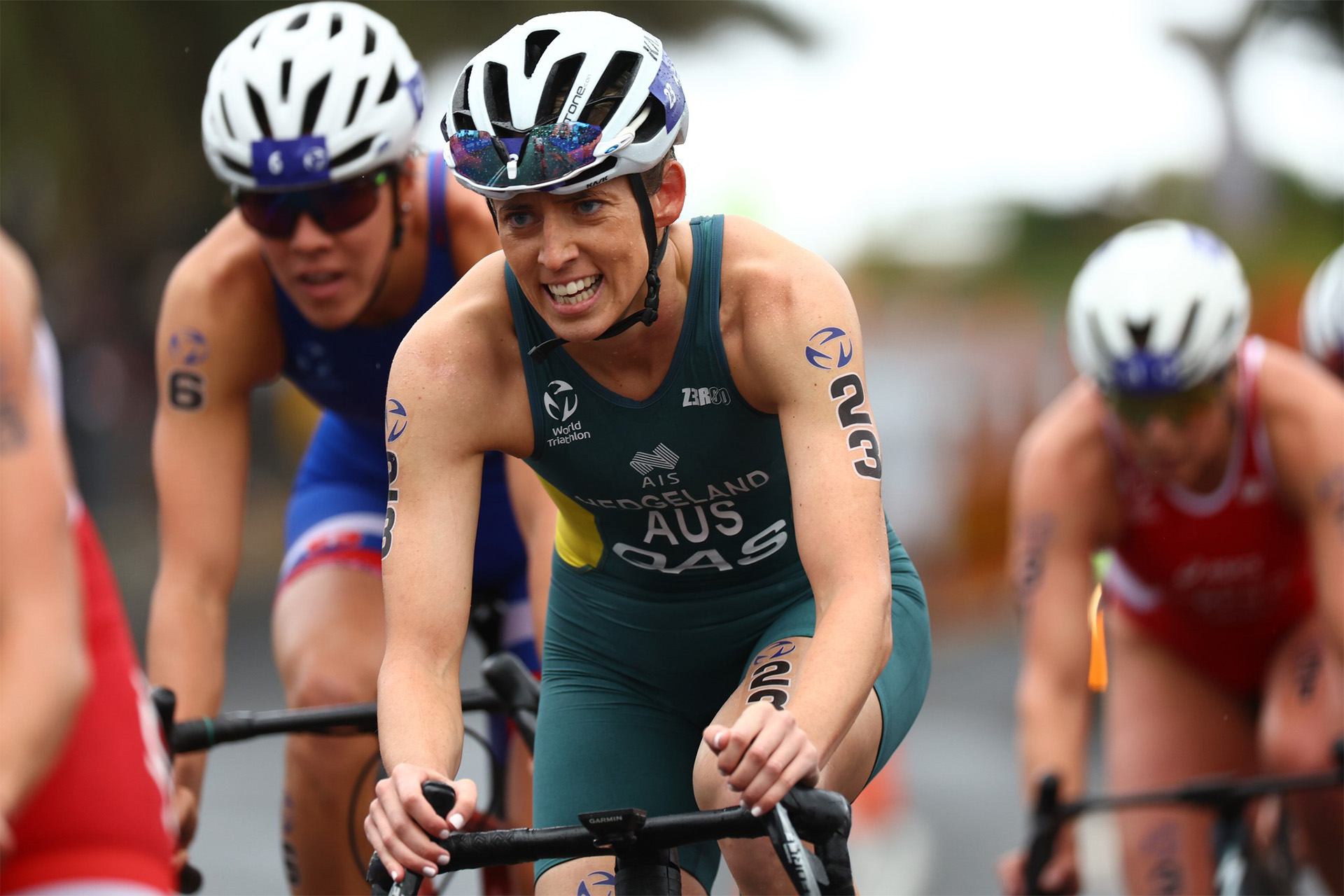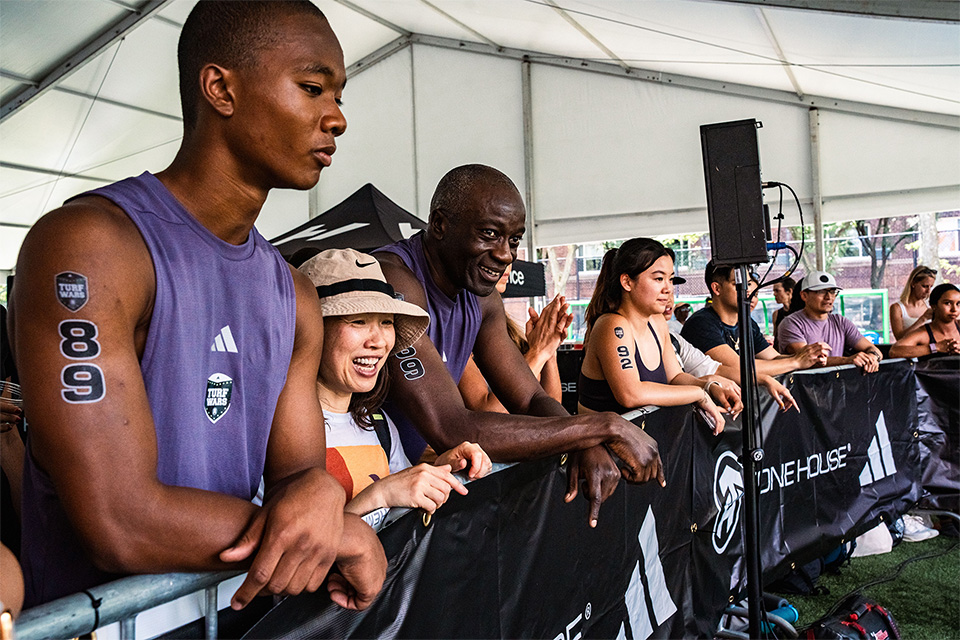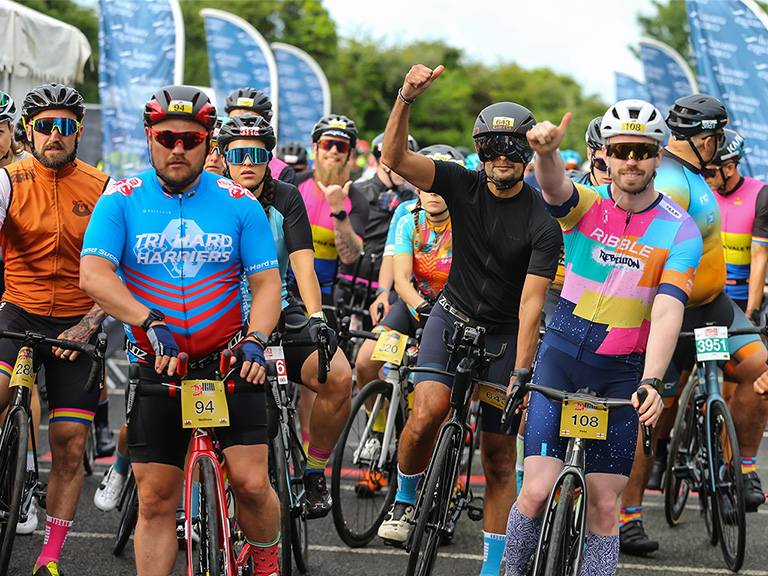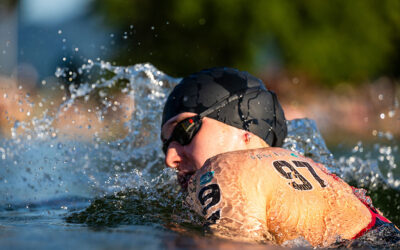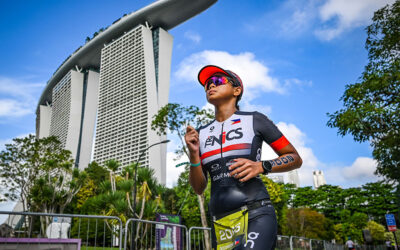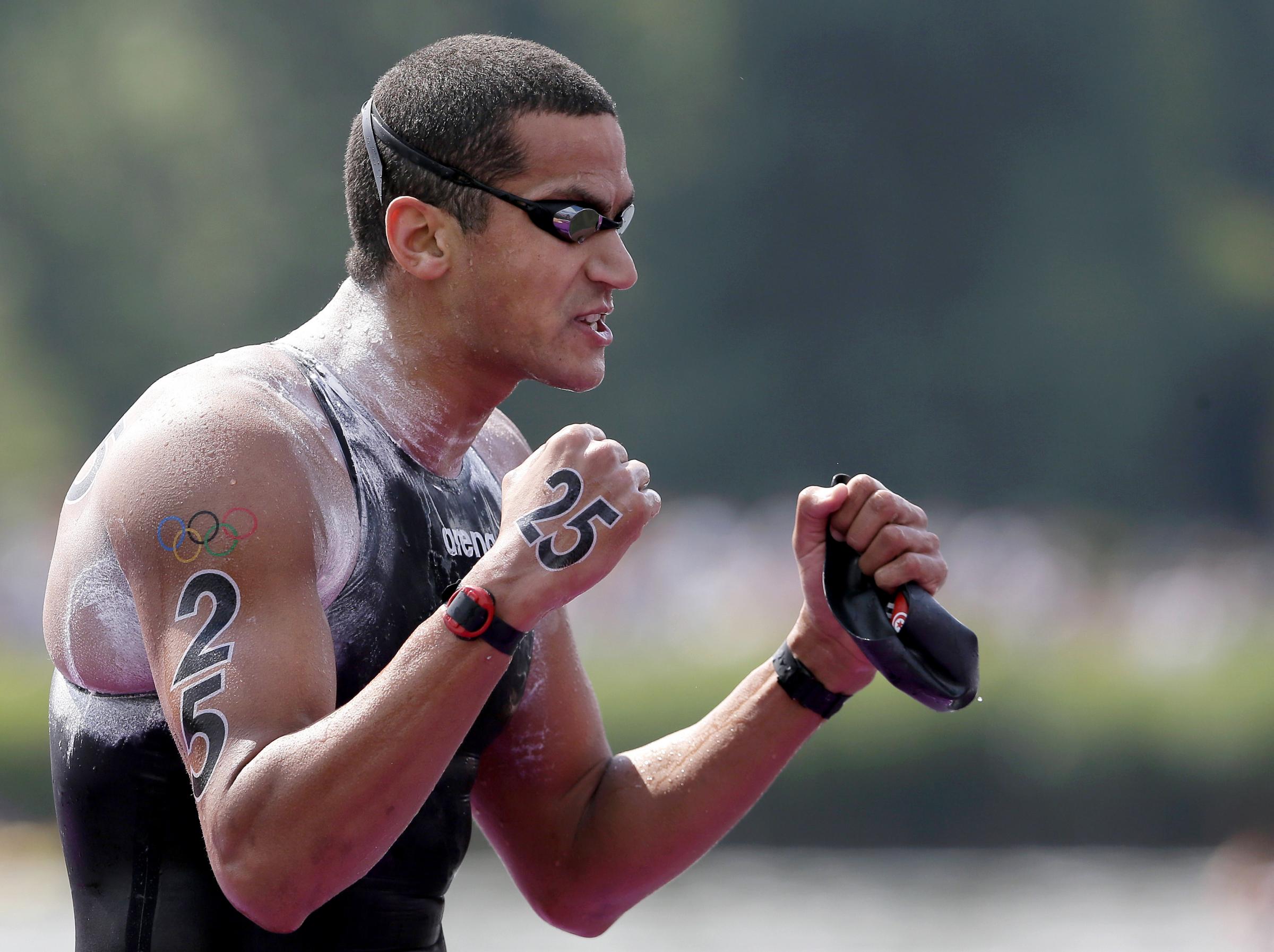The Ultimate Guide To Organising A Triathlon
Planning a triathlon is thrilling but can be quite overwhelming. As a race director, you’ve got to make sure that everything runs smoothly. From picking the perfect course and getting permits to keeping everyone safe and hyped, there’s a lot on your plate. Whether you’re a pro or new to the scene, this guide is packed with tips and tricks to make your event unforgettable. Let’s dive in and turn your triathlon dream into an epic race day reality!
How to organise a triathlon
Initial Planning
Choosing the distance:
Understanding the different triathlon distances is essential for planning your event. Here is a closer look into the standard distances:
- Sprint triathlon: 750m swim, 20km bike followed by a 5km run.
- Olympic triathlon: 1.5km swim, 40km bike, 10km run.
- Half Ironman 70.3: 1.9km swim, 90km bike, 21.1km run
- Ironman: 3.8km swim, 180km bike, 42.2km run
If you’re opting for multiple distances, you can use a range of athlete ID (bibs/stickers/tattoos) to help with organisation to ensure a seamless event. These can be fully customisable to meet all your needs.
Define purpose of event:
Start by clarifying the purpose of the triathlon. Are you aiming to create a community event, raise funds for a cause, or provide a competitive platform for seasoned athletes? Understanding your goals will help you make key decisions about the scale and nature of the event.
Set a Date:
Choosing the right date is vital. Avoid scheduling your triathlon on the same day as other major local or regional events. Additionally, consider the seasonal weather conditions, as they can significantly impact the safety and enjoyment of participants.
Course design and approval:
Planning the course design can also be a challenge. You need to plan a route that participants are going to enjoy. Think about the scenery, the challenge and most importantly your target audience.
Select venues:
Selecting appropriate venues for the swimming, cycling, and running segments is crucial. Whether opting for an open water, scenic swim or in a pool, a city or rural cycle route, or a flat or hilly run, ensure the locations are accessible and can accommodate the expected number of participants.
Obtain permits and approvals:
Securing the necessary permits is a must. Contact local authorities to discuss road closures, water usage rights, and any other legal requirements. Start this process early to avoid last-minute issues.
Budgeting and Sponsorship:
Create a budget
Draft a comprehensive budget that includes all potential expenses, such as permits, insurance, equipment, marketing, and volunteer support. This will help you manage funds effectively and anticipate any financial challenges.
Seek sponsorship
Sponsorship can significantly ease financial pressure. Approach local businesses, sports brands, and other relevant organisations for sponsorships. Additionally, participant registration fees can help cover costs.
What athlete ID to use?
For race directors, choosing the right type of athlete ID is essential for smooth triathlon management. There are several options available, each serving specific needs: race bibs, temporary tattoos, wristbands, and tri sets. Race bibs are traditional and easily visible, often used for tracking participants at various checkpoints and ideal for the running segment of a triathlon. Temporary tattoos are unmatched for the swimming segment and are available for wider audiences than just the pros (and they look pretty cool). Wristbands are perfect for multi-day events, access control or merch handouts. Finally, tri-sets are ideal for bike identification, covering the helmet, seat post & bag labels in one sheet. Sportstiks supplies all these products, offering high-quality, customisable solutions to meet your race’s specific requirements.
Managing Transitions
Managing transitions and transition zones is a crucial task for race directors, as it significantly impacts the flow and safety of a triathlon. These areas need to be well-organised, clearly marked, and staffed so athletes can switch between stations smoothly and easily. Having properly labelled racks, ample space, and clear signage are essential components. Additionally, having volunteers to assist and monitor these areas enhances security and aids in directing athletes.
Athletes love anything to make their race day easier and having effective transition zone management does exactly that. A poorly run transition zone is the quickest way to ruin a participant’s day. So, keep it clear and easy, I bet they will already be planning to sign up for your next event as they fly out of that last transition zone!
Logistics Planning
Volunteer recruitment
Recruit and train volunteers well in advance, emphasising safety protocols and clear communication. High-traffic areas like water stations and transition zones need more volunteers. Roles include course marshals, aid station attendants, and registration helpers.
Set up timing and scoring systems
Ensure accurate timing and results processing by using reliable timing systems, such as RFID timing chips.
Medical and safety arrangements
Ensure medical staff and safety measures in place. Check out your local ambulance services website, most will provide event-specific medical services and will have booking details available on their website. If you are based in the UK, organisations such as St John’s Ambulance are great for event medical services.
Transport and accommodation
Coordinate transportation and lodging for participants, providing clear information on transport options, parking and accommodation.
Marketing and promotion
Create Promotional Materials: Design and distribute flyers, posters, and digital content.
Social Media Campaign: Use social media platforms to reach potential participants.
Registration Launch: Open registration and provide clear instructions for signing up.
Participation communication
Send Confirmation Emails: Provide participants with event details and preparation tips.
Organise Pre-Race Briefing: Hold informational sessions or webinars to explain race day procedures
Sportstiks offers a variety of extras and accessories designed to enhance the experience of athletes, marshals, and spectators at sports events. Our products include collation services, safety pins, cable ties, race pack distribution, and tattoo removal wipes. We also provide customisable printed envelopes and pouches for race day information, athlete details, and sponsor branding. Everything we do is aimed at making the event run smoothly and the athletes feel comfortable. When athletes understand the details of the event and the appropriate athlete ID to use, it puts them more at ease and ready for the race.
Race day preparation
Set Up the Course: Mark and set up swim, bike, and run routes, transition areas, and finish lines.
Distribute Race Packs: Provide participants with bib numbers, timing chips, and other essential items.
Coordinate Volunteers and Staff: Ensure all personnel are briefed and positioned correctly.
Race day execution
Manage Check-In and Transition Areas: Oversee participant check-in and monitor transitions.
Start the Race: Ensure timely and orderly starts for each segment.
Monitor the Event: Address any issues or emergencies promptly.
Post race activities
Finish Line Management: Ensure a smooth process for participants crossing the finish line.
Award Ceremony: Distribute medals and awards to winners.
Collect and Review Feedback: Gather feedback from participants and volunteers to improve future events. You could go a step further and offer money off their next entry for a response to your survey – gaining valuable insights and a loyal participant.
Conclusion
Organising a triathlon might seem like a marathon in and of itself, but with the right plan, it can be an absolute blast! From plotting the perfect course to getting those permits, and keeping everyone safe, every step is an adventure. This guide has got your back with all the tips you need to make race day as fun as it should be. So, dive in, pedal hard, and sprint to the finish – your triathlon is going to be epic! Happy racing!
Download a free triathlon checklist below
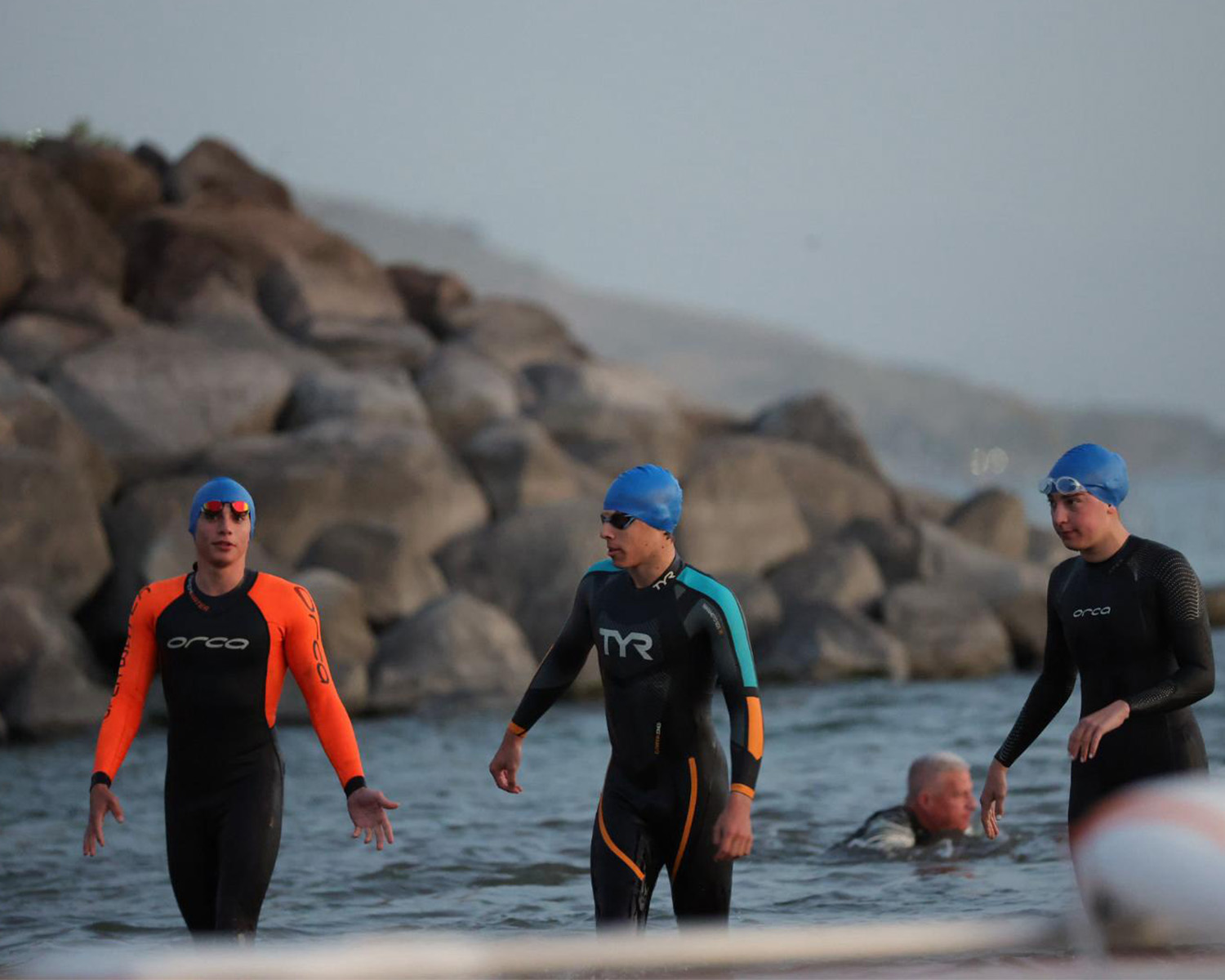
Related Articles
Related
Athlete Spotlight: Renée Gold
Growing into open water - one journey, one family, one quiet beginning Some sporting moments announce themselves loudly. Others arrive quietly and only later do people realise they’ve witnessed the start of something special. Renée Gold’s relationship with open water...
November Customer Events
November Customer EventsNovember was a standout month for global endurance sport, and we were proud to support organisers, volunteers, and athletes across a packed calendar of triathlons and running events. From Asia to the Middle East, Europe to the Americas,...
Marketing Your Running Event in a Crowded Market
Running has never been more popular. Social media is full of training diaries, marathon journeys, PB wins and runners discovering the sport for the first time. This momentum has created a huge opportunity for race organisers. But it also means you need smart,...
Products
At Sportstiks we have everything under one roof, giving us total control over the entire process of producing your products and providing a truly impressive race solution.
Our team are constantly researching and developing new innovative materials and techniques to provide race directors, event organisers and athletes with athlete ID solutions that suit their requirements. Give us a call and talk to our guys about your event, what you need and how Sportstiks can make a difference. We offer the full package. From simple race bibs for a local 5km fun run to fully bespoke, collated race packs for international elite athlete events, no event is too large or too small.
